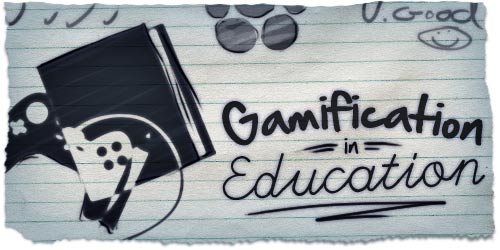When it is cold outside, you will most likely put on a warm winter coat. And when the sun starts shining, the ice cream sales skyrocket. This may seem evident, but connecting sales data to weather information can be very insightful. The weather influences our purchasing behaviour much more than we could even imagine. Do you know how? Let’s find out.
Purchase channel
One obvious influence the weather has, is the channel we use for our purchases. On sunny days, bricks-and-mortar stores enjoy more footfall, while online turnover increases on rainy days. However, the influence of rain is industry dependent [1]. On rainy days there was a 12% increase in website traffic for retailers in the home & furniture, wholesale, and clothing verticals. However, there was no significant difference for big box retailers.
This is interesting, unfortunately the studies do not reveal the underlying reason. I think it has to do with different products reacting differently to weather change. As big box retailers have a big variety of products, the fluctuations are more likely to cancel each other out.
Mood change
Temperature, air pressure, humidity, snow fall and sun all have an impact on people’s mood. These moods reflect into different purchasing behaviours. On sunny days, people tend to be more opportunistic in their purchases. For example, more cars are sold on hotter days. On the other hand, during hurricane seasons, people book more holiday to resorts in exotic destinations.
This is not only shown in economics. Different moods, caused by the weather, also change your chances in romance! The French psychologist Nicolas Gueguen initiated an experiment in which an attractive male approached unaccompanied young, asking their telephone number [2]. “I just want to say that I think you’re really pretty,” he cooed. “I’ll phone you later and we can have a drink together someplace.” Antoine achieved an impressive success rate of 22% on sunny days but only 14% when it was cloudy.
Conclusion
Obviously, fluctuations of the weather are influencing shopping. However, the influences reach further than I expected myself. Another eye-opener is how easily we can connect all these kinds of situational factors’ data to already existing data, to find new insights. Do you have any suggestions for different situational factors, to elaborate on?
References
[1] http://www.richrelevance.com/blog/2012/08/what-happens-with-online-shopping-when-it-rains/
[2] http://www.sciencedaily.com/releases/2013/01/130128081950.htm



